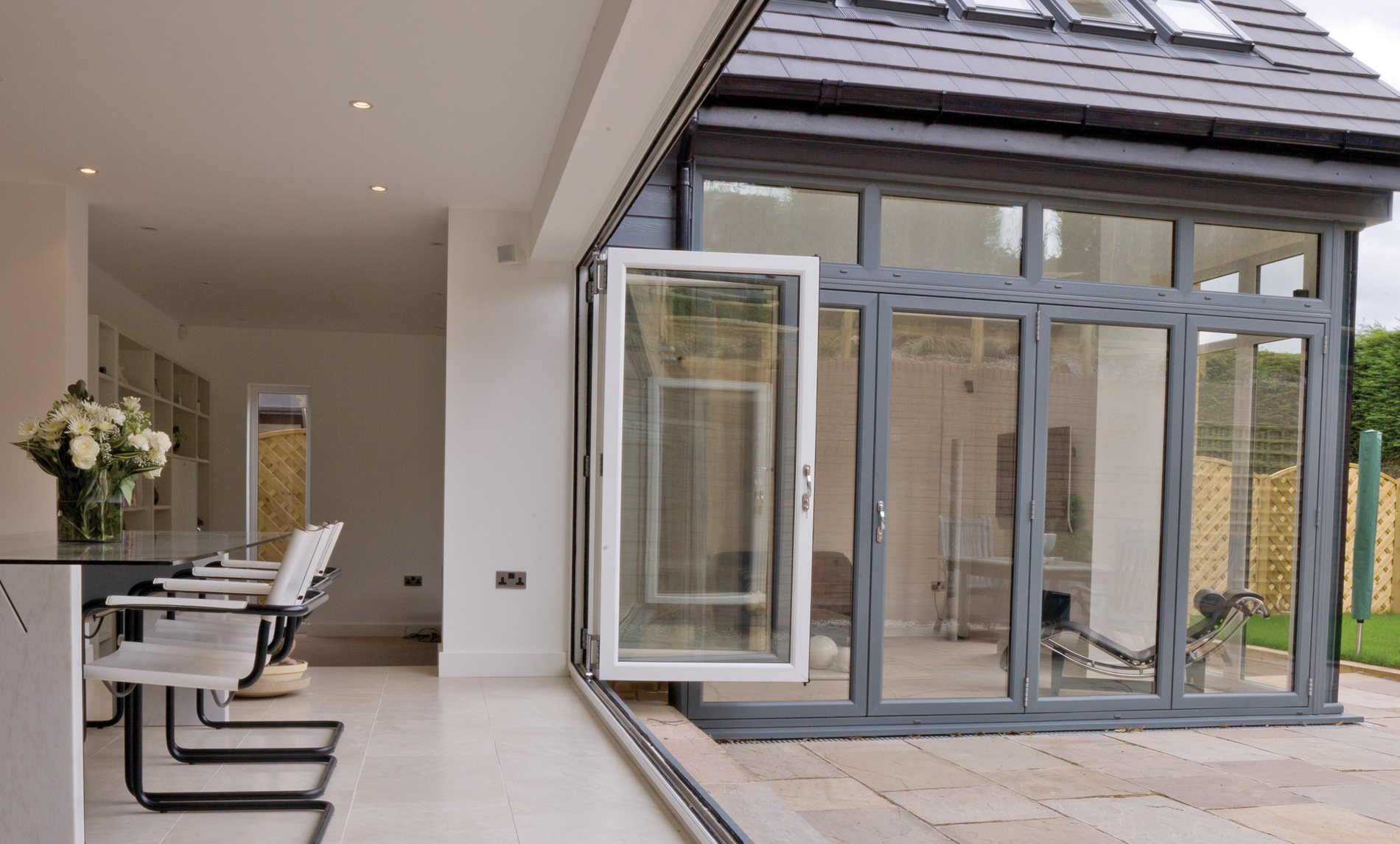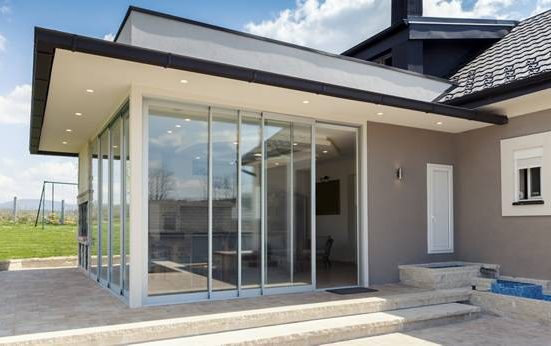Opening Insight: Where Heat Escapes First
If you’ve ever stood near an old entry door on a cold morning, you know the story. The glass fogs, the threshold sweats, and a steady draft creeps around the jamb. That isn’t just uncomfortable — it’s your paycheck leaking into the atmosphere.
A poorly insulated door can waste as much energy as an open window left cracked all winter. And the hard truth is: paint, weatherstrip tape, or thicker curtains can’t fix a fundamentally inefficient door.
The Principle: Heat Flows to Cold, Air Flows to Gaps
Let’s think this through before we pick up a tool.
There are three ways energy slips through a door:
- Conduction — Heat moves straight through the door material and any glazing.
- Radiation — The sun’s rays (or lack thereof) affect how much the surface warms or cools.
- Infiltration — Drafts from loose thresholds, worn gaskets, and poor installation.
You can’t fool physics. A door with poor thermal resistance and a sloppy air seal is a liability in both heating and cooling seasons.
Step 1: Understanding U-Factor and SHGC
Every door worth considering today carries an NFRC label — the independent rating that tells you how it actually performs.
- U-Factor measures how well the whole door resists heat flow. Lower numbers mean less heat loss. A good insulated door lands around 0.28–0.30 in colder regions.
- SHGC (Solar Heat Gain Coefficient) matters if your door has a large glass section. It measures how much solar energy passes through. In northern climates, a slightly higher SHGC can help heat your home in winter. In southern climates, you want it lower.
These aren’t just numbers for code compliance. They tell you exactly how the door will behave once it’s installed.
Step 2: Why Double Glazing Matters
There’s nothing fancy here — just fundamentals. A single pane of glass has almost no insulating power. A double-glazed unit sandwiches two panes with a sealed air or argon gap. That extra layer dramatically slows down conduction and cuts condensation.
If you’re looking at double glazed back doors essex and suffolk, you’ll see why many homeowners make the switch. They get a sturdier air seal, reduced drafts, and lower bills — not to mention comfort when you stand near the door in January.
Step 3: Don’t Forget the Frame and Threshold
A thermally efficient slab or IGU (insulated glass unit) is only half the story. Heat will bridge through steel or aluminum frames if they lack a thermal break — a layer of non-conductive material separating inside from outside.
The sill pan, backdam, and threshold matter just as much. Water intrusion destroys insulation and rots framing. A good door install uses a sill pan, continuous flashing, and shims that hold the door plumb and square without crushing insulation gaps.
Professional Wisdom: Where It Usually Goes Wrong
This is where it usually goes wrong:
- Undersized screws: A heavy door hung with short fasteners eventually sags, breaking the weatherseal.
- Spray foam only: Filling the gap with foam but ignoring flashing lets water seep into the rough opening.
- Uncalibrated strike/lockset: If the lock isn’t adjusted, the gasket doesn’t compress evenly. Drafts sneak in.
Fast is slow if you have to redo it. A solid install saves more energy than a high-performance door installed poorly.
Case Study: Passive House Lessons
Builders chasing Passive House standards know that a leaky door is a dealbreaker. In one cold-climate project, blower-door tests showed that replacing the entry units with insulated, triple-gasket models cut measured air leakage by almost 20%. That’s the kind of impact that shows up every month on utility bills.
Dollars, Cents, and Payback
Let’s be clear: a quality insulated exterior door costs more up front. Fiberglass or insulated steel units with double glazing often run $800–$2,500, depending on style. Installation adds another $300–$600 if done by a pro.
But the return is threefold:
- Lower bills — U.S. DOE estimates upgrading from an old, leaky door can save 10–20% of heating and cooling loss through that opening.
- Comfort — no drafts, no condensation.
- Durability — a correctly flashed, sealed door protects the framing for decades.
Factor in possible energy tax credits or rebates, and the payback horizon shrinks further.
Checklist Before You Buy
- Target U-Factor ≤ 0.30 for cold regions.
- Ensure Air Leakage ≤ 0.5 cfm/ft² (NFRC standard).
- Ask about thermal breaks in the frame.
- Look for argon-filled, Low-E double glazing.
- Demand sill pans, proper flashing, and blower-door verified install.
Conclusion: Respect the Work
A door isn’t just a slab that swings. It’s part of your home’s thermal envelope — just as important as the roof insulation or wall framing. Respect the physics, respect the installation, and the door will respect you back with comfort and lower bills.
When you’re standing there years from now, with no drafts on your feet and no condensation on the glass, you’ll know you built it — or chose it — like you were signing your name on it.
For more visit Pure Magazine



